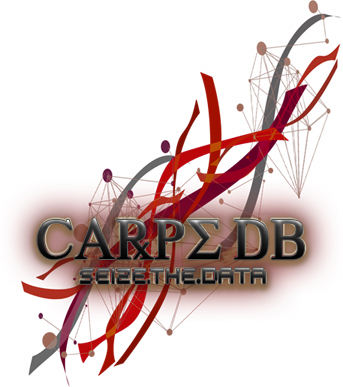
In this study, the immunolocalization of FosB transcription factor was investigated in acute and chronic experimental models of seizures induced by 4-aminopyridine. Wistar rats were injected intraperitoneally daily with 5mg/kg 4-aminopyridine for 1, 4, 8 and 12 days and sacrificed 24h after the last injection. Corresponding control groups received the solvent of 4-aminopyridine. Immunohistochemistry revealed an increase in FosB immunolabelling in the frontal cortex in 4-aminopyridine-treated animals compared to controls, both in acute and chronic time course groups. The dentate gyrus displayed elevated FosB immunopositivity only after repeatedly applied convulsant (4-aminopyridine), i.e. following 4, 8 and 12 days of treatment, but no significant immunolocalization was observed in the hippocampus proper. The neuronal localization of FosB after 12 days of 4-aminopyridine-induced convulsions was analysed by means of FosB-parvalbumin double immunolabelling. The increased number of double-labelled cells was significant in the frontal cortex, hilum of the dentate fascia and region CA1 of the hippocampus. We conclude that the studied neocortical and allocortical areas showed a different pattern of FosB immunolocalization, which suggests a relative deficiency of transcriptional regulation in the Ammon's horn and may be responsible for distinct response to seizure-induced cellular insult.
[Full Text] [Submit Annotation]